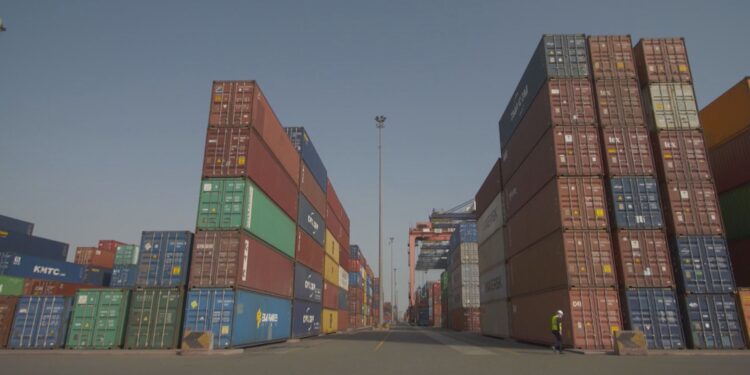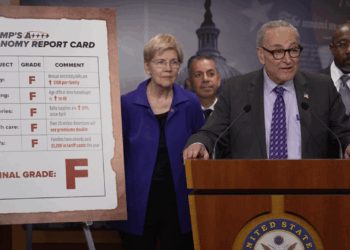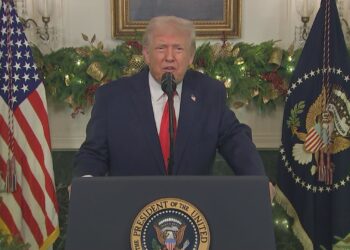By Brendan Scanland
WASHINGTON, D.C. (WZMQ 19 News) – Trade tensions between the U.S. and China are escalating rapidly.
On Wednesday, President Trump offered tariff relief to dozens of countries but doubled down on China. The pause is relief for the 75 countries that chose not to retaliate against the U.S. and made an effort to negotiate with the administration. The pause was also a positive sign for investors, who saw some relief in the markets Wednesday.
But not every country is celebrating. Along with the pause on many reciprocal tariffs, President Trump also announced a significant increase in the tariff—or tax rate—on Chinese imports to 125%. Combined with an additional 20% tariff imposed earlier this year, designed to curb the flow of fentanyl into the U.S., the total tariff rate on China now stands at 145%.
As President Trump goes head-to-head with Beijing, the question remains: What will the impact be on local prices and industries?
According to the International Trade Administration, Michigan imported $9 billion worth of goods from China in 2024. It’s the Great Lakes State’s fourth-largest import partner behind Mexico, Canada and Korea.
WZMQ 19 News asked Congressman Jack Bergman (R- MI) what the escalation with China means for the local economy and industries in the U.P.
“This is just a tool to incentivize the behavior we need amongst our international partners to ensure we bring the jobs that are supposed to be brought back here to the United States, so our economy does grow because we have jobs for people to work at, earn a living and return money to the economy.”
President Trump has also increased the tariff on lower-value items from China, worth $800 or less, from 90% to 120%. In addition, Trump plans to increase the “per postal item” cost of those goods to $100 in early May, and then to $200 in June.

















